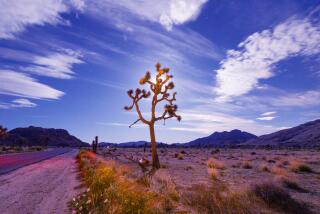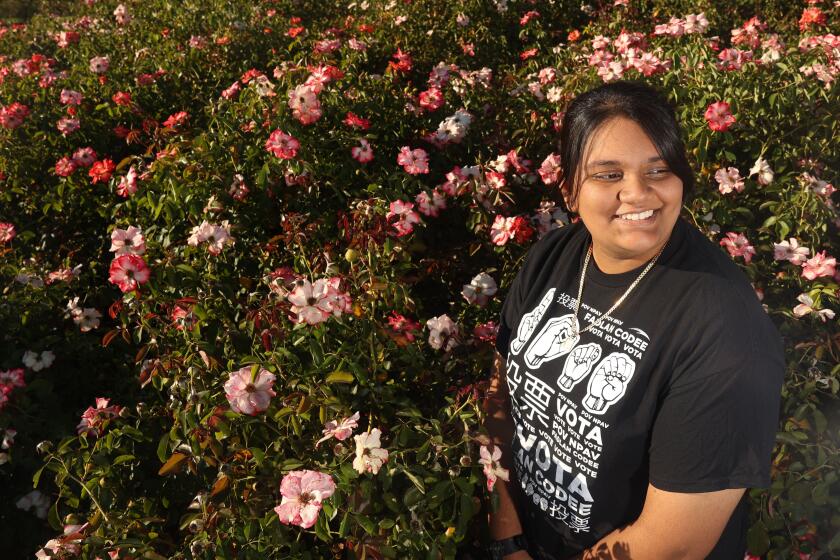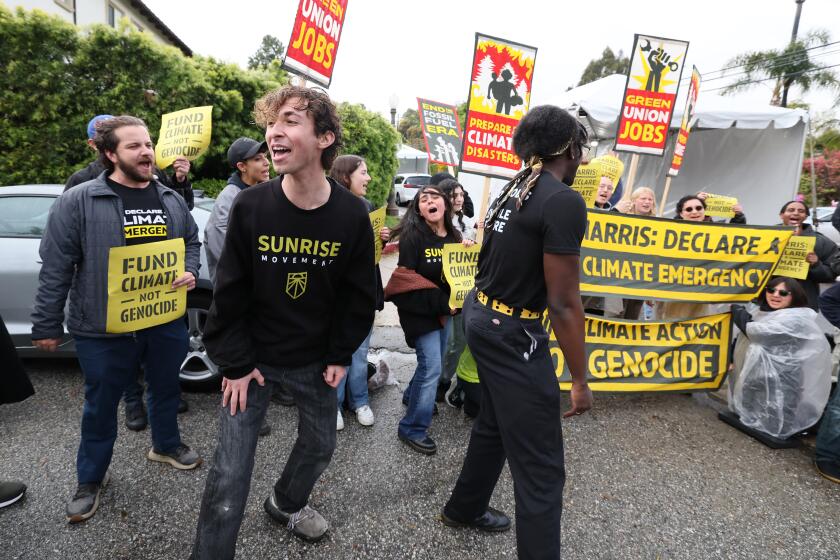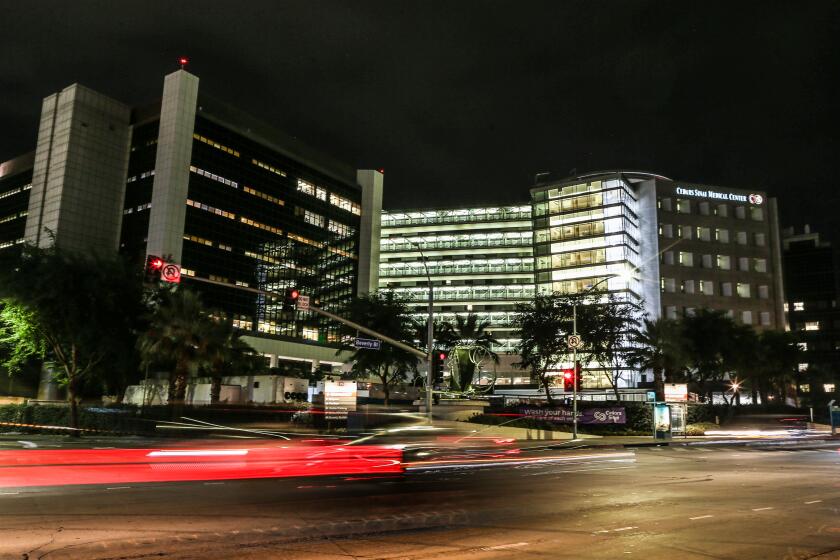Leonid meteor shower will peak late tonight
The annual Leonid meteor shower, hotly anticipated by many stargazers, will peak overnight around midnight on the West Coast.
During the height of this year’s shower, experts expect to see roughly 15 to 20 meteors per hour, though such predictions have been known to be off by quite a bit. And while that number is much lower than in some years - the Leonid, in its prime, involves more than 1,000 meteors per hour - the conditions this year look to be optimal, with a crescent moon that will have descended below the horizon by the time the shower reaches its peak.
The peak time for the shower is determined by the time at which Earth comes closest to the orbit of the comet Tempel-Tuttel, which is the source of the meteors. The meteors we will be able to see tonight were shed by the comet over hundreds of years. The Earth passes through a sliver of this detritus every year around mid-November, and how dense with rock that sliver is determines how many meteors we see.
That’s how researchers are able to predict that this will not be a particularly remarkable Leonid year. The meteor shower is called “Leonid” because the relative position of the Earth and the comet’s orbit cause meteors to appear to shoot outward from the constellation Leo. But they can be seen in all parts of the night sky, not just surrounding Leo.
If skies are clear, as they are expected to be on the East Coast, the low, small moon should allow for a beautiful show.
Unfortunately for sky watchers in Southern California, meteorologists are forecasting cloudy skies with a chance of showers all night.
Return to the Science Now blog.






